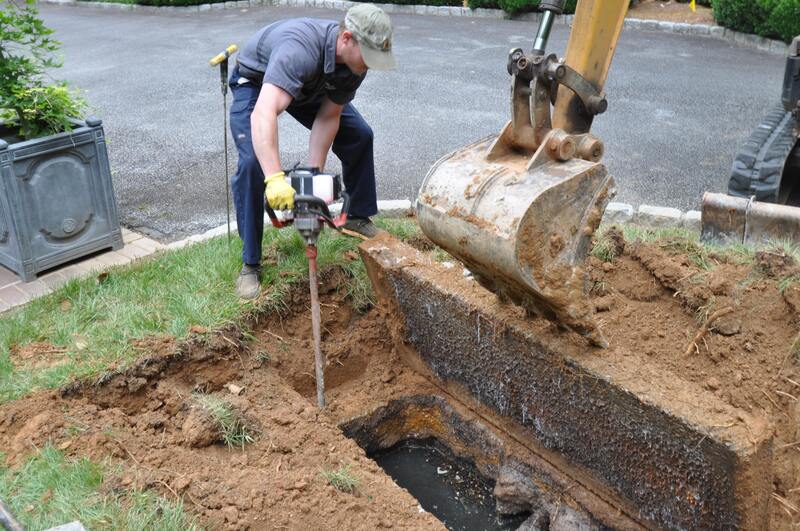WE NOT ONLY PUMP YOUR TANK - WE CLEAN IT! Up to 36 Months Financing Available
Call Septic Blue Now 813-355-9188
It's Easier Schedule Online
WE NOT ONLY PUMP YOUR TANK - WE CLEAN IT! Up to 36 Months Financing Available
Call Septic Blue Now 813-355-9188
It's Easier Schedule Online

When your septic system acts up, it's usually a call to action. The specialists at Septic Blue are here to offer a solution with our dependable septic service options. Whether you need septic tank pumping or a septic tank repair, we’ve got the tools and experience needed to get things back under control fast. Keep reading to learn about the most common culprits behind septic problems.
The ground beneath our feet is constantly on the move, albeit slowly. These movements can have massive effects on your septic system. Soil settling or erosion can lead to misaligned pipes or even cracks, disrupting the smooth operation of your septic system. Regular monitoring for signs of soil disturbance can help catch these issues early, preventing more severe problems down the road.
Trees or shrubs may add beauty and value to our homes, but their roots can wage an unseen war on septic systems. These roots seek out water sources, often finding them in your septic lines, leading to blockages or damage. The key to coexistence is choosing plant varieties that are septic-safe and planting them a safe distance from your system components.
The baffles and pipes in your septic system are important for its proper function, directing the flow of waste and preventing clogs. However, they can be damaged by corrosion, blockages, or poor maintenance, leading to inefficiency or failure. The use of harsh chemicals can accelerate corrosion, so it’s important to use septic-safe products. Routine inspections and maintenance are also vital to keeping individual components and your whole system working at its best.
It might be tempting to use the area over your septic system as extra parking or storage, but heavy vehicles and equipment can compact the soil or damage the tank and pipes below. This pressure can lead to significant, costly damage, making it important to keep the area above your septic system clear. Landscaping changes that alter the grade or slope of the land can direct water toward the septic system, increasing the risk of overloading and failure. Clear signage or physical barriers can help prevent accidental encroachment by vehicles or heavy equipment.
Mistakes made during this critical phase can lead to a variety of serious problems, from poor drainage to system failure. Ensuring your system is installed by experienced professionals can save you from future headaches and expenses. Proper documentation of the installation can be invaluable for future maintenance or if the property changes hands.
Most homeowners don't think about their septic system until something…
Read More+Keeping your septic tank in peak condition often feels like…
Read More+Your septic system faces many challenges, from the slow shifts of the earth to the relentless growth of roots. If you need a skilled, qualified septic company to help, call Septic Blue today. Our specialists are ready to offer reliable services, including septic tank repair and pumping. Contact our office to schedule an appointment with a specialist in your area.